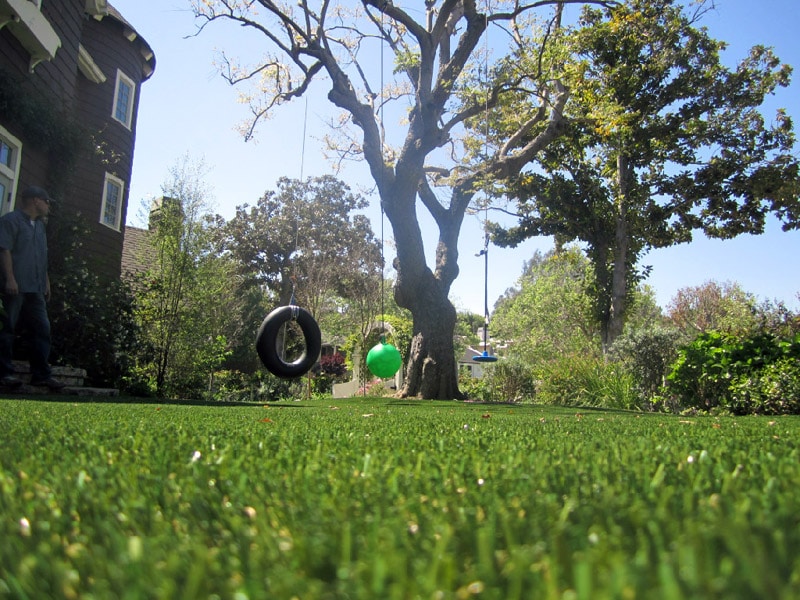Table of Contents
Hard Water Deposits On Synthetic Turf

Undeniably, the water we all use in today’s world is hard enough to leave deposits on almost everything. Hard water deposits on synthetic turf are not an exception for hard water deposits that look terrible and challenging to remove. Are you facing a similar situation and wish to look for ways to remove and prevent your artificial grass from getting ruined? As per the survey from the leading artificial grass companies, there could be a few reasons that cause the hard water deposits, and in case they are left behind on surfaces, they can create havoc.
1. Overspray – It is the most common reason behind the buildup of hard water deposits on synthetic turf. Depending on the water hardness, deposits get on the turf fibers, and over time, they become more visible and equivalently tricky to remove.
2. Alkali, Efflorescence, or Sulfate hardscaping – It is advisable to make yourself aware of the hardscaping that occurred on the surface. If it is Sulfate, Alkali, or Efflorescence substance, over time, it looks unattractive and leaves saltwater deposits on the surface.
3. Hard water buildup – Always remember that it will stain if the water is allowed to sit on any surface. In case of hard water presence, it will stain even darker. On sports fronts or artificial grass for pets, Hard water deposits on synthetic turf look horrible. It is essential to install and set up turf ribbons to have an optimum slope on a precautionary note.
On a positive front, some ways can help to remove hard water deposits on synthetic turf and calcium deposits. Depending on the hardness and surface, it is quite a possibility that it may require multiple time cleanings to get rid of it to the core. The hard deposit removal process requires time, patience, and dedication. The top-notch artificial grass companies do not refer to using aggressive scrubbing machines or high-pressure equipment for the removal as it can damage the synthetic turf fibers. It is better to leave each cleaning to dry as it will help remove the next layer effectively. If the area remains damp, the chemicals for removal will not penetrate, leading to undesirable results.
1. Vinegar – Vinegar, along with water, is one of the favorite tricks of people to remove hard water deposits and spots. Be very careful while using it, especially around pets.
2. Hydrogen Peroxide – It is well-known to remove soap scums, water stains, and spots efficiently. It works wonders around the home and also in eliminating fungus in the garden.
3. CLR – It is efficient for texturized greens and removing hard water deposits. It is important to clean the entire surface to make the overall color blend.
Be it any cleaner you are using; safety is of utmost importance. Ensure always to wear goggles, glasses, gloves, face shields while using and applying any cleaner on the synthetic turf. It is recommended to do the cleaning either early in the morning or late in the evening for better results. Hard water deposits on synthetic turf look bad, and if you can prevent the hard water from reaching your artificial grass, you will not have to take any step to remove buildup. Still, in case of any concerns or solutions, feel free to connect with the experts at SmartGrass.






